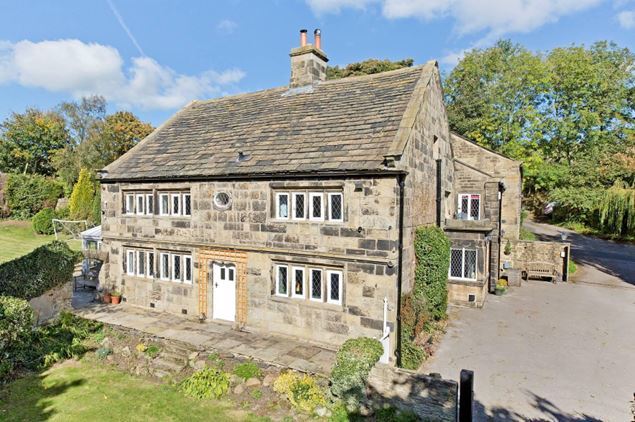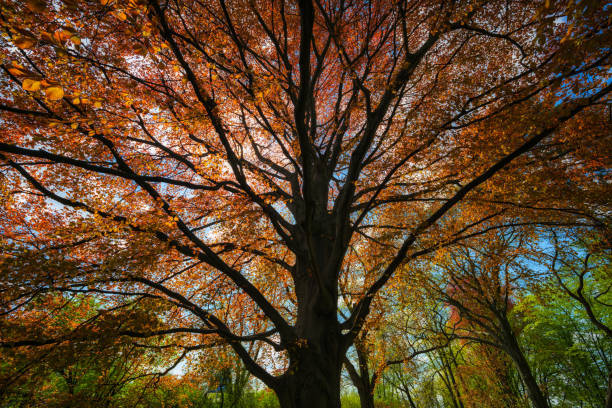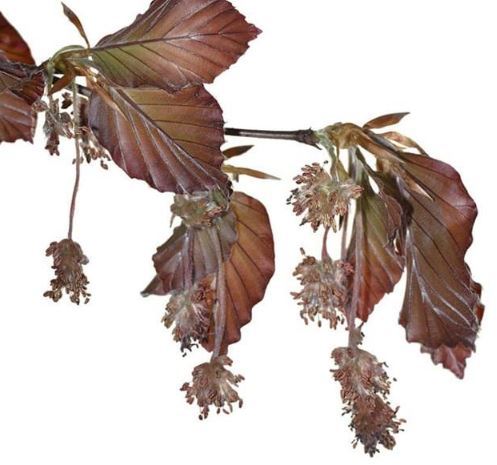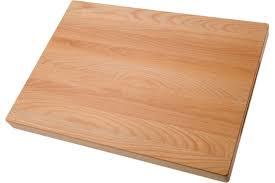WMT #12: Stone and Copper

The cache, a small camo-taped screw-capped plastic pot, is hidden beside the trail as it makes its way across a series of stiles along the edge of the fields above the eastern end of the hamlet.
The property below the trail, as it branches off from the side of the tarred road into the fields, is the 400+ year-old Glen Esk Farm, a Grade-II listed building.
The building dates back to the early 1700s and was initially built as a farmhouse. It has recently been renovated and converted into a modern residential home. It is constructed of traditional stone and brick and features several original architectural details including an ornate chimney breast, sash windows and exposed beams. Its Historic England entry reads:

Farmhouse and barn, now all one house. Late C17. Dressed stone, stone slate roof. House: 2 storeys with attic, 3 1st-floor windows. Central doorway with moulded jambs and shaped lintel. Double-chamfered mullion windows of 6 lights to left and of 4 lights to right on each floor. Circular window over doorway. Drip- mould with decorated terminals to ground floor. Kneelers, coping, central stack. Gable: chamfered, Tudor-arched doorway; 4-light window to 1st floor; blocked attic window in gable. Barn: segmental-arched doorway; inserted bow windows.
It is one of 192 historical buildings in the Keighley area on the National Heritage List for England. They are protected by strict planning controls to preserve the traditional appearance as part of the local cultural heritage, 'helping us to understand Keighley's history and the development of vernacular architecture in the region'.

Near the cache location down the slope to the south-east is a fine example of a beautiful variant of the common beech . . .
The non-native copper or purple beech Fagus sylvatica f. purpurea is a large, deep purple, distinctive, dramatic tree loved by some but loathed by others. It is widespread and often found planted in landscape-scale gardens as an ornamental.
One of UKs tallest broadleaf trees, it can grow to an impressive 40m. In woodand it often has a long, slightly sinuous trunk, but readily grows a huge dome on strong limbs.

Its bark is smooth, thin and grey, often with slight horizontal etchings. Slender, grey and zig-zag twigs have sharply pointed, torpedo-shaped buds up to 2cm in length with a distinctive criss-cross pattern.
 Oval, deep purple spring leaves fringed with silky brown hairs turn to a coppery hue in the autumn. The colour is due to purple xanthocyanins and there are several variants with varying colour depending on the proportion of the compound in the leaves.
Oval, deep purple spring leaves fringed with silky brown hairs turn to a coppery hue in the autumn. The colour is due to purple xanthocyanins and there are several variants with varying colour depending on the proportion of the compound in the leaves.
It is monoecious with male and female flowers growing on the same tree. In April- May tassel-like male catkins hang from long stalks at the end of twigs, while female flowers grow in pairs, surrounded by a prickly cup. After wind-pollinated, this cup becomes woody and encloses 1-2 reddish-brown beech nuts (aka beechmast).
As with the common beech, its foliage is eaten by various moth caterpillars including the barred hook-tip, clay triple-lines and olive crescent. The mast is eaten by mice, voles, squirrels and birds. Because beech trees live for so long they provide habitats for many deadwood specialists such as hole-nesting birds and wood-boring insects. The bark is often home to fungi, mosses and lichens.
Uses: while a popular horticultural plant, especially when planted as large specimen trees, it is not loved by all. The 20th-century gardener Russell Page said in his book The Education of a Gardener 'Nothing destroys the harmony of a garden more than the dark blotch of a copper beech'.
all. The 20th-century gardener Russell Page said in his book The Education of a Gardener 'Nothing destroys the harmony of a garden more than the dark blotch of a copper beech'.
It makes a good hedging plant, especially since it can be cut back hard. If clipped it doesn't shed its leaves, and provides a year-round, dense screen - a great habitat for garden birds.
Like common beech, its timber can be used for a variety of purposes, including fuel, furniture, cooking utensils, tool handles and sports equipment. The wood burns well and was traditionally used to smoke herring. The edible masts, were once used to feed pigs, and in France they are still sometimes roasted and used as a coffee substitute.
